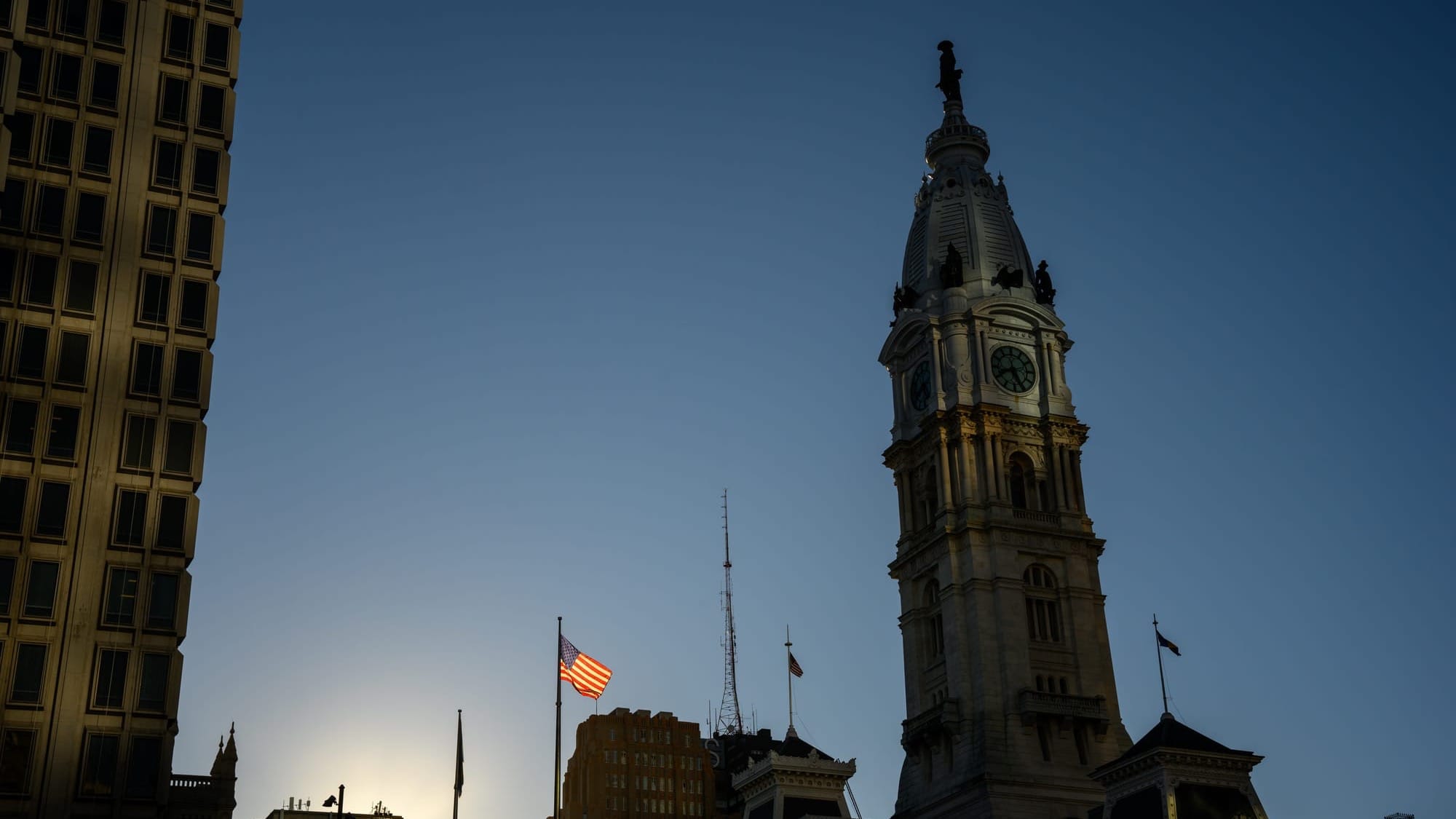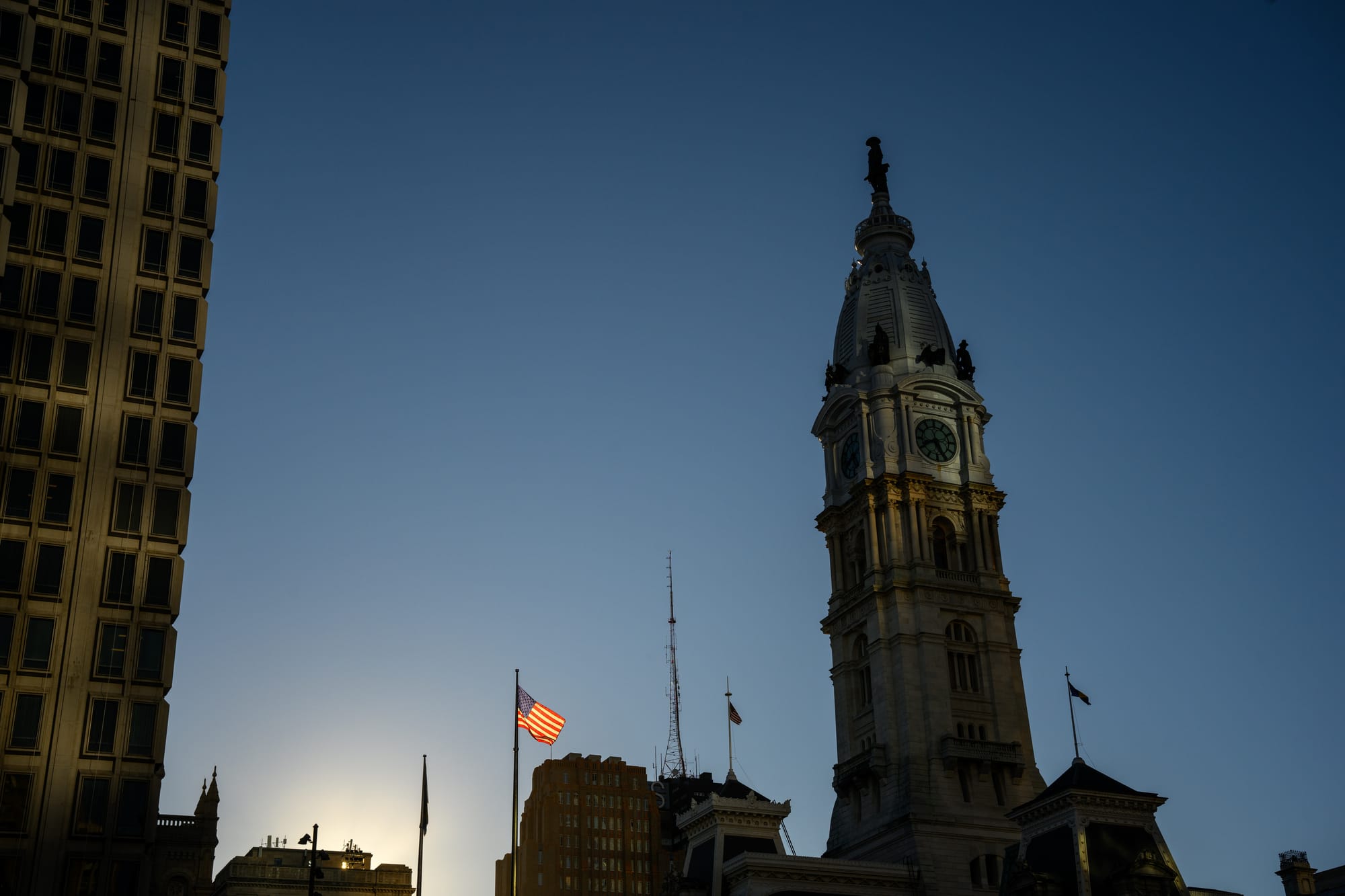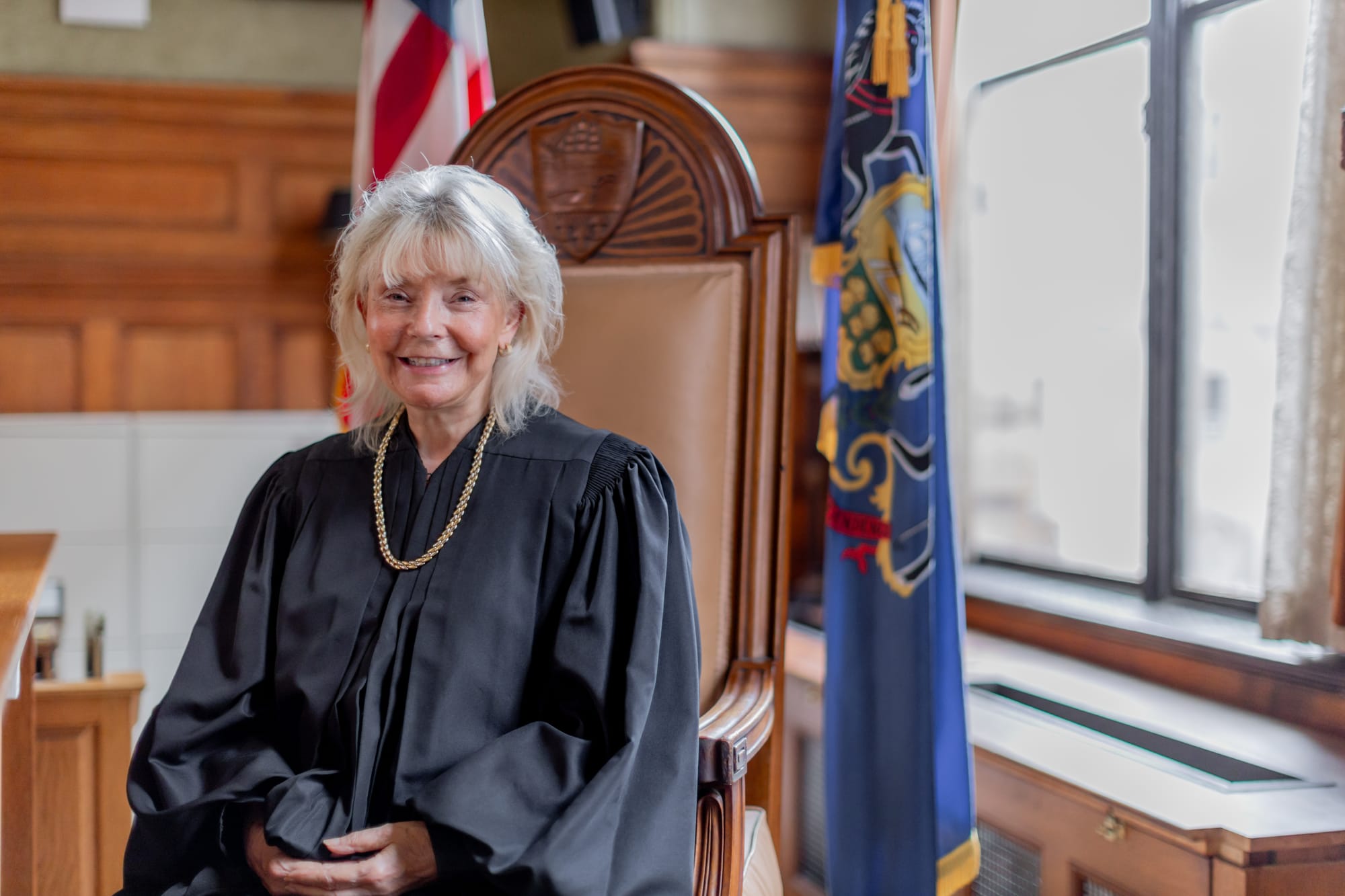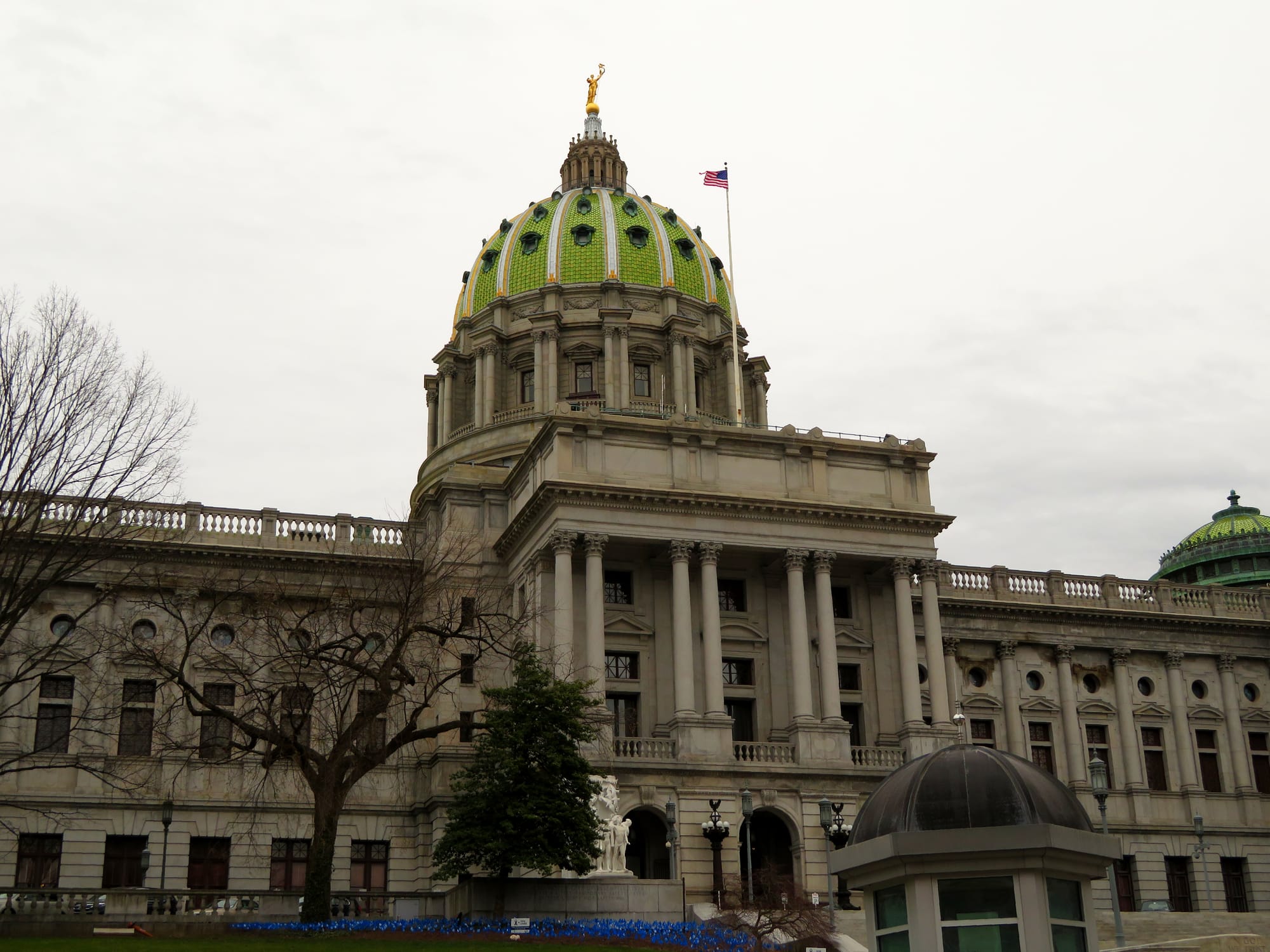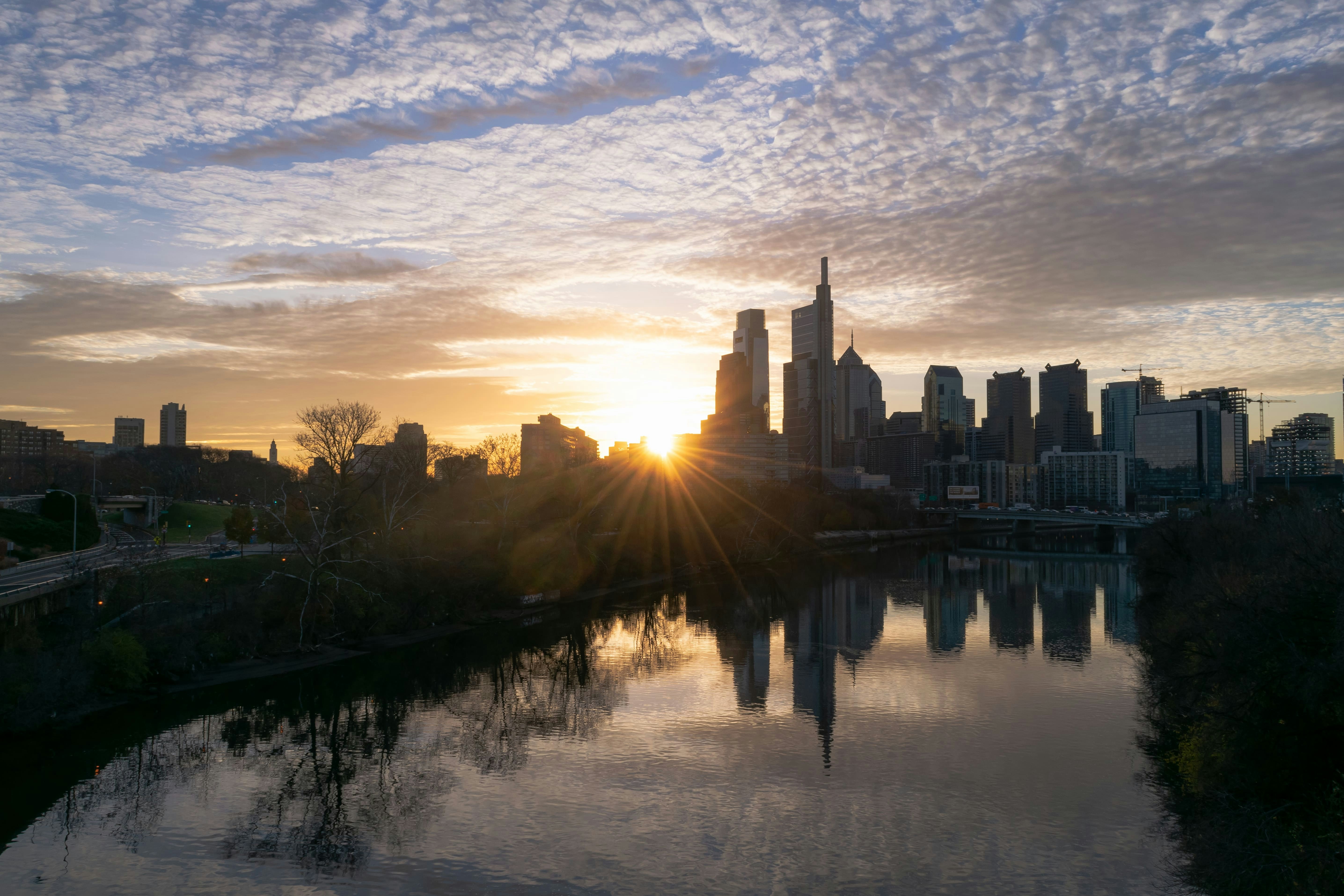What is Mayor Parker’s H.O.M.E., Who it Includes, and Who Is Left Out?
Philadelphia stands at a crossroads. Mayor Cherelle Parker’s newly unveiled housing initiative—called H.O.M.E.—is her boldest effort yet to address the city’s affordability crisis.
Philadelphia stands at a crossroads. Mayor Cherelle Parker’s newly unveiled housing initiative—called H.O.M.E.—is her boldest effort yet to address the city’s affordability crisis. With a proposed $2 billion investment to build or preserve 30,000 housing units over the next four years, the plan aims to reshape the landscape of who gets to live, and thrive, in the city.
It’s easy to cheer from a distance. What city wouldn’t welcome that level of investment in affordable housing? But beneath the headlines and the hopeful framing, the plan’s promise and its pitfalls both come into sharper focus.
At first glance, H.O.M.E. echoes many of the themes gaining traction in the national housing debate. Cities like Austin, Minneapolis and San Diego are rewriting zoning codes, embracing mixed-use development, and trying to make it easier and faster to build homes.
The “abundance” movement, popularized by figures like The Atlantic writer Derek Thompson and NY Times Columnist Ezra Klein, argues that the only real way to solve America’s housing crisis is to build more, eliminate red tape, any obstacles to progress, and to do so everywhere. Klein and Thompson argue Democrats in city governance have become way too process focused and less outcome oriented.
Mayor Parker’s plan leans into that energy. It combines production and preservation, fast-tracks development on vacant land, expands repair programs, and includes targeted support for moderate-income homeowners and renters.
One centerpiece is the ONE Philly Mortgage, which enables qualified buyers to purchase homes with a 3 percent down payment and no private mortgage insurance. Other components include placing 1,000 city-owned lots into development, reviving tax incentives to spur construction, and expanding repair programs for aging housing stock.
The Basic Systems Repair Program, which already has 8,000 households on its waitlist, will be expanded to reach more families: especially those earning too much to qualify for aid but not enough to afford critical home maintenance on their own.
This kind of blended approach has national relevance. It represents a shift from treating housing as merely a market failure or a social service challenge. Instead, it takes housing seriously as infrastructure, something cities must build and steward at scale.
But as with the national conversation, the question remains: abundance for whom? A closer look at the details reveals an emphasis on moderate-income households, including those earning up to $100,000 a year. While the plan would offer support to a broad segment of Philadelphians, the lowest-income residents—those making under $30,000—risk being left behind.
For many of them, programs like the Philadelphia Housing Authority’s “Opening Doors” initiative or expanded zoning protections may offer more meaningful help. Councilmember Rue Landau has already raised concerns that the city’s most vulnerable renters may see the fewest benefits.
The financing structure reflects both ambition and risk. The city plans to issue $800 million in bonds—$400 million this fall and another $400 million in 2027. Over time, interest payments could add roughly $500 million, bringing the total to around $1.3 billion. Supporters argue that the investment is worth it. Acting now to preserve and produce affordable housing could prevent the longer-term costs of displacement, homelessness, and neighborhood decay. Critics worry that the city is locking itself into long-term debt just as federal support for urban housing may be poised to grow.
Politically, the plan only advanced after tough negotiations with City Council. Council members pushed for more oversight, ultimately winning provisions that require them to approve any large reallocations of spending. That may help safeguard the plan from mismanagement, but it also introduces more bureaucracy into what is already a complex rollout.
There are also practical concerns about implementation. Many of the plan’s best ideas, like capping security deposits, streamlining zoning hearings, and speeding up permitting, depend on departments like Licenses & Inspections that are already stretched thin. Even the smartest policy doesn’t work if the government lacks the personnel and infrastructure to execute it. That’s been a recurring challenge in cities nationwide trying to translate “abundance” theory into real-world results.
Meanwhile, the revival of tax abatements for new development in underserved neighborhoods could open the city to legal challenges. And the plan’s tilt toward incentivizing developers may feed skepticism that public dollars are being used to build housing for the politically powerful, not the chronically underhoused.
Still, the most important thing about H.O.M.E. may not be what’s in the plan, it’s that the plan exists at all, and that it aims high. Philadelphia’s housing challenges are layered: an aging housing stock, persistent poverty, slow permitting, and a tax system that often discourages new construction. Addressing those problems requires more than symbolic gestures. It requires money, policy, and risk.
The national housing debate has moved beyond ideology. Everyone from libertarians to democratic socialists now agrees: we need to build more housing. The question is whether cities can manage the politics, logistics, and financing required to actually do it.
Mayor Parker is making a bet that Philadelphia can. If the plan works, it could signal to other cities that bold housing investments aren’t just possible, they’re popular and effective. It could restore faith that local government can still shape who gets to stay in a city and who gets priced out.
But if it fails, if it’s bogged down by delays, or tilts too far toward middle-class homeowners while low-income renters are left waiting, it could reinforce public cynicism and do lasting damage to the political will needed to solve this crisis.
The final vote on the budget may be routine. The real test will be what happens after the ribbon cuttings. The homes have to get built. The programs have to reach the people they’re designed for. And Philadelphia’s poorest residents need to feel, maybe for the first time in a long time, that the system didn’t forget them.

